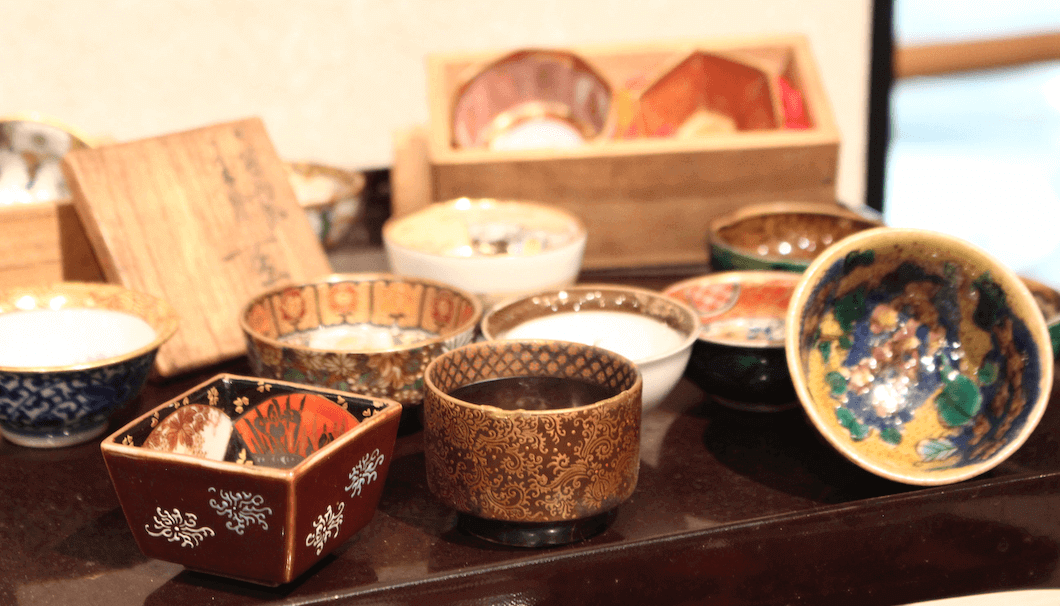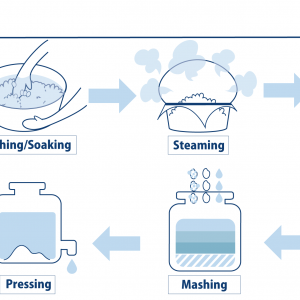
If you visit a sake store in Japan, especially between winter and spring, you may well come across the term shinshu. This word is comprised of two kanji characters: shin (新), meaning “new,” and shu (酒), which is an alternative reading of “sake.” The meaning may seem explicit enough — shinshu literally means “fresh sake.” But, lacking a clear legal definition, the precise meaning of the term can be tricky to pin down.
The brewing year
The sake calendar is divided into brewing years lasting from July 1 until June 30, and the word shinshu most commonly refers to sake produced during the current brewing year. Shiboritate is a term used to describe sake that has been shipped immediately after brewing.
In contrast, sake made during previous brewing years is sometimes dubbed koshu (古酒), meaning “old sake.” But as with shinshu, there is no fixed legal definition of this term.
The multiple meanings of shinshu
To make things more complicated, shinshu has two other common meanings:
1. Sake brewed from rice harvested in autumn
Shinshu may refer specifically to sake brewed with rice from the autumnal harvest of the current brewing year. Within this category, the very first sake to be brewed from the harvest has its own special name: hatsu-shibori (初しぼり).
2. Sake prior to heat treatment
Shinshu can also mean raw, pressed sake that has not yet been heat treated. This kind of sake is notable for its fresh, vibrant flavor.
As all this illustrates, shinshu is a nebulous term. However, a little knowledge of how producers use the moniker can help the drinker to understand a sake’s flavors.
*If you would like us to send you monthly updates and information, register here.





Comments